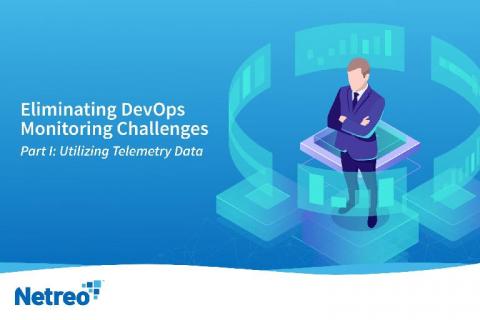Rethinking Employee Experience in the Remote Era: Recommended Reading, Listening and Viewing
Looking back to our virtual event last week, Remote CTRL, we decided to round up some of the best literature out there around employee experience and technology. As workforces around the US and the globe continue to adapt to remote working and SaaS usage keeps on rising, we wanted to know more about how I.T. teams are managing digital employee experience (DEX) and gain insight from some of the leaders in the field.










